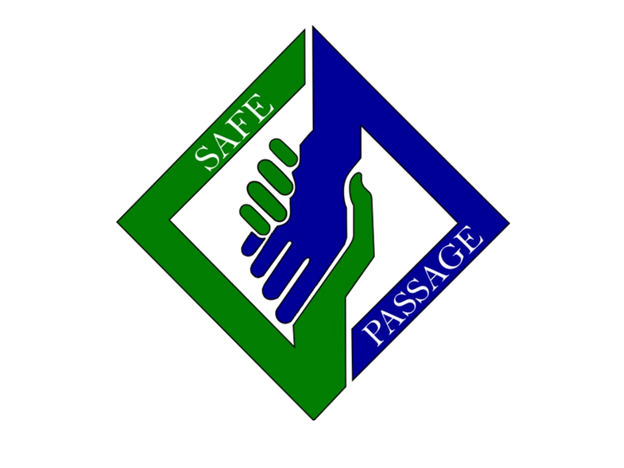A county sheriff's department program in rural Illinois offering assistance in finding treatment without fear of arrest for those struggling with opioid addiction
Started in 2015 in response to the opioid crisis, Safe Passage is a rural, multi-county, police-led diversion program connecting those with opioid use disorder to treatment facilities in Illinois. Prospective clients can, without fear of arrest, surrender any drugs and paraphernalia to the police department, after which they are assisted in finding appropriate treatment. The program involves the following steps:
- Intake by a police officer, at which the individual's substance use history and any criminal record are documented in order to ascertain eligibility. A delay in prosecuting any minor non-violent charges until after treatment is negotiated with the state's attorney general
- Upon acceptance into a program, assignment to a volunteer (a "Safe Passage Guide", perhaps themselves in recovery) who supports the client in managing transition to treatment
- Work with the Treatment Liaison Coordinator to locate potential treatment providers
- Transport to treatment facility with Safe Passage Guide, family member, or police officer
An evaluation of Year 1 of the program is here, and a presentation of the program protocols and staff roles is here. The Safe Passage initiative is modeled on the Police Addiction and Recovery Program (PAARI), now replicated nationwide,









